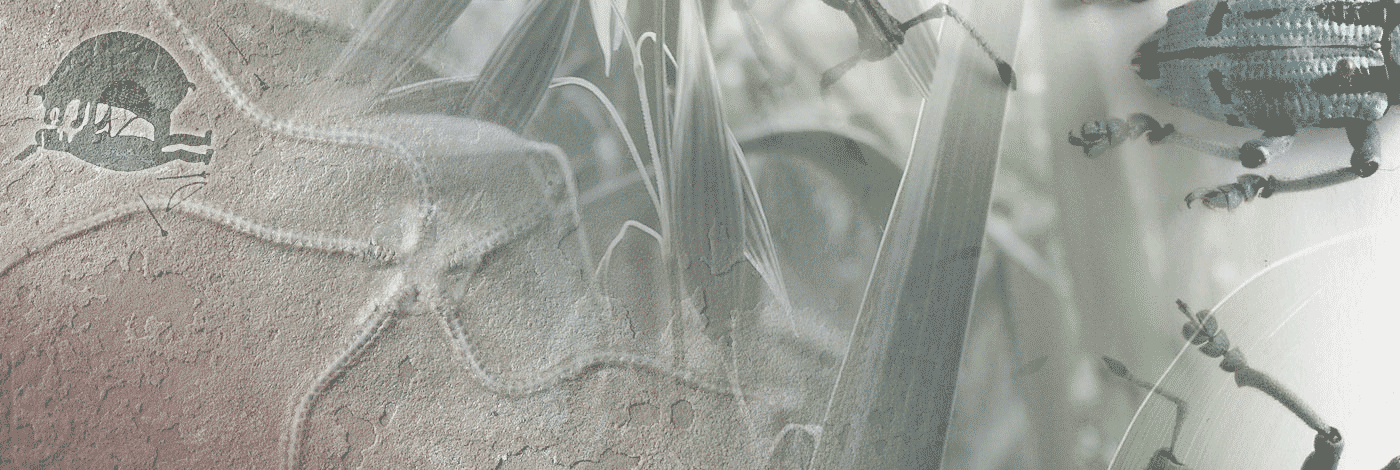
 Bulletin du Muséum national d'Histoire naturelle, 4ème série – section C – Sciences de la Terre, Paléontologie, Géologie, Minéralogie
17 (1-4) - Pages 287-341
Bulletin du Muséum national d'Histoire naturelle, 4ème série – section C – Sciences de la Terre, Paléontologie, Géologie, Minéralogie
17 (1-4) - Pages 287-341The morphology of a new Devonian osteolepidid fish, Medoevia lata n. g., n. sp. is described. The specimen originates from an unknown locality, and dating was made on the basis of a tooth of Phoebodus australiensis Long, morphotype 1 (GINTER, 1990), found during the chemical preparation. This suggests an age ranging from the lower Pa. Trachytera to the Siphonodella praesulcata conodont zones (Upper Famennian). A slightly younger age is suggested by the discovery of scales identical to those of Medoevia in the Late Tournaisian of Belarus. The perfect three-dimensional state of preservation allows the study of the dermal skeleton of the skull, the neurocranium, visceral arches and the postcranial skeleton of the anterior part of the trunk. The new form is characterized by the connection of hypobranchial 4 to hypobranchial 3, a condition known elsewhere in the porolepiform Glyptolepis groenlandica Jarvik, and by generally cycloid scales with a median boss on the inner surface, combined with a cosmine-covered external surface. The crista parotica is directed backwards and supports both the tabular and the extratemporal along the suture between them. No apomorphic feature is found at present for the Osteolepididae and the group may be considered to be paraphyletic with respect to the Eusthenopteridae, Rhizodopsidae, Canowindridae, Megalichthyidae and Lamprotolepididae.
Vertebrata, Osteolepiformes, Late Devonian, Russia, Anatomy, Phylogeny